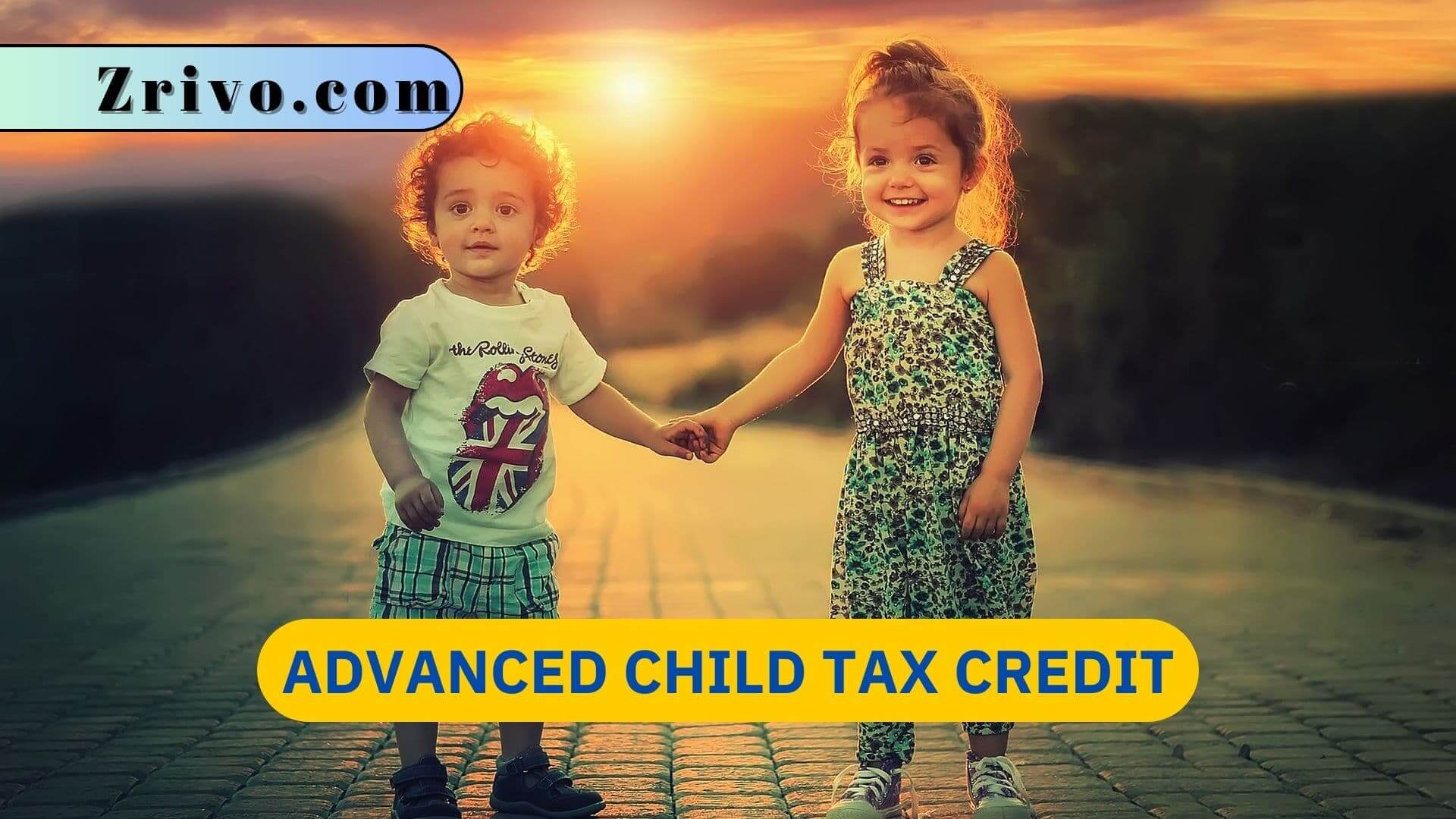
The Advanced Child Tax Credit is a new, partially refundable tax credit for families. It is a way for the federal government to give families money in advance of filing their taxes. This tax credit is intended to help struggling American families with children meet their basic needs. These include paying for food, housing, childcare, and transportation. The advanced child tax credit is designed to help families get the money they need quickly, and it is designed to work in tandem with other forms of financial assistance. The American Rescue Plan, enacted in March 2021, expanded and accelerated the Child Tax Credit (CTC) by making it available as an automatic advance payment beginning this summer and continuing through December 2021. Families automatically enrolled in these advances are expected to receive payments via direct deposit or check on or around the 15th of each month. The advance CTC payments are based on the amount that the IRS estimated they would be entitled to if they file a return for tax year 2020.
The American Rescue Plan changed the child tax credit to increase its benefits for low-income families. It increased the credit to $2,000 per child under age 6 to $3,600 for children ages 6 through 17, making it fully refundable. Additionally, it was expanded to Puerto Rico and U.S. territories for the first time.
To qualify for the enhanced child tax credit, families must meet seven tests – age, relationship, support, dependency, citizenship, residence, and income. The tests for the credit have been modified so that more families will be eligible. In addition, family income thresholds have been increased.

Advanced Child Tax Credit Eligibility
Tax reform made several changes to the CTC and the refundable Additional Child Tax Credit. These included increasing the amount of the credits, expanding eligibility, and making them more refundable. The CTC can now be claimed even when your earned income is too low to pay any tax. You can claim these tax credits by completing a simple federal income tax return, which is usually a 1040EZ. The IRS has free, user-friendly tax software to assist in preparing your return. It will guide you through the process with a series of interview questions and simplify the form. If you choose to file online, you can track the status of your refund using the IRS’s Where’s My Refund tool.
The enhanced CTC was an enormous success, cutting child poverty in half – and it was fully refundable to taxpayers with income below the thresholds. Unfortunately, the credit was not made permanent and reverted back to pre-pandemic levels in January 2022. Taxes can be confusing enough, but when you are a parent, there are many additional questions that come up every tax season. The rules around credits, deductions, and other items can change from one year to the next based on new laws passed in Congress.
CTC eligibility is based on an individual’s modified adjusted gross income, or MAGI, calculated on the tax return filed for that year. The MAGI includes all income earned in the year, such as wages and salaries, investment income, interest and dividends, capital gains, rental and other property income, and state and local taxes. The MAGI is also used to determine the earned income tax credit eligibility, which is reported on Form W-4. The advance child tax credit amount is reduced if the MAGI exceeds the threshold of $200,000 for single filers and $400,000 for joint filers. The credit is completely phased out for those whose MAGI is over $500,000. The qualifying child must be a United States citizen or resident alien with a Social Security number and must meet the residence, income, and other requirements described above.